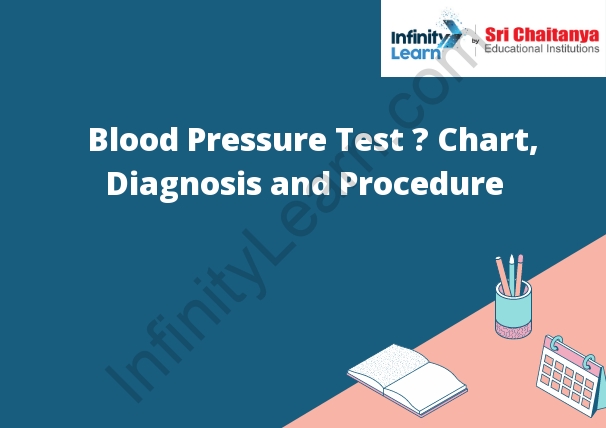Table of Contents
Definition: What Is Blood Pressure?; What Is A Blood Pressure Test? ; High Blood Pressure Range; Low Blood Pressure Range; Normal Blood Pressure Range; Approx. Ideal Blood Pressure Range According to Age:; Causes and Symptoms of Abnormal Blood Pressure; Diagnosis of Hypertension and Hypotension`; The Procedure of Blood Pressure Test; Blood Pressure Testing Devices; Why Blood Pressure Test Is Required? ;
What Happens If Blood Pressure Is High?
Blood pressure is the force of blood pushing against the walls of the arteries. The pressure is usually expressed in terms of millimeters of mercury (mmHg).
Blood pressure is recorded as two numbers. The first number is the systolic blood pressure. This is the pressure when the heart beats and pushes the blood out of the ventricles and into the aorta. The second number is the diastolic blood pressure. This is the pressure when the heart is resting between beats.
A blood pressure test is a procedure used to measure blood pressure. The test is done by using a device called a sphygmomanometer. This device has an inflatable cuff that is wrapped around the arm. A mercury or aneroid manometer is attached to the cuff. When the cuff is inflated, it compresses the artery. This blocks the flow of blood to the arm. The manometer measures the pressure in the cuff. When the cuff is released, the artery expands and the manometer measures the pressure.
The normal blood pressure range is 120/80 mmHg. The approximate ideal blood pressure range according to age is as follows:
Age Systolic (mmHg) Diastolic (mmHg)
- 0-4 years old 100-70
5-9 years old 95-60
10-13 years old 90-50
14-17 years

Causes of High Blood Pressure
There are many factors that can contribute to high blood pressure. Some of the most common causes are:
- Being overweight or obese
- Eating a diet high in sodium
- Not getting enough exercise
- Smoking
- Drinking too much alcohol
- Having a family history of high blood pressure
Symptoms of High Blood Pressure
High blood pressure, or hypertension, is a serious condition that can lead to heart disease, stroke, and other health problems. If you have high blood pressure, you may not have any symptoms.
Causes of Low Blood Pressure
There are a number of different causes of low blood pressure. Some of the most common causes include:
- Dehydration
- Excessive sweating
- Vomiting
- Diarrhea
- Blood loss
- Severe infection
- Heart attack
- Heart failure
- Certain medications
- Low blood sugar
Some of the less common causes of low blood pressure include:
- Aortic aneurysm
- Aortic stenosis
- Pheochromocytoma
- Hypothyroidism
- Kidney failure
- Certain neurological disorders
In some cases, the cause of low blood pressure is unknown.
Symptoms of High Blood Pressure
There are many symptoms of high blood pressure. Some people may not experience any symptoms, while others may experience a wide range of symptoms. The most common symptoms of high blood pressure are headaches, dizziness, blurred vision, and ringing in the ears. Other symptoms can include chest pain, shortness of breath, nausea, and vomiting.







